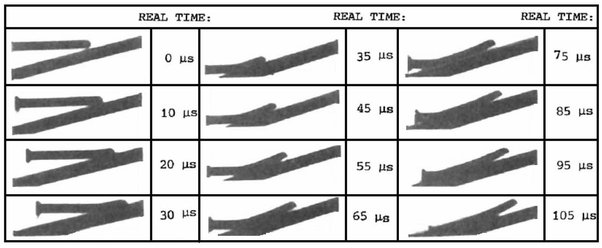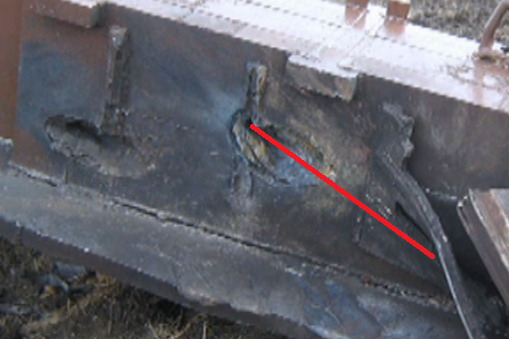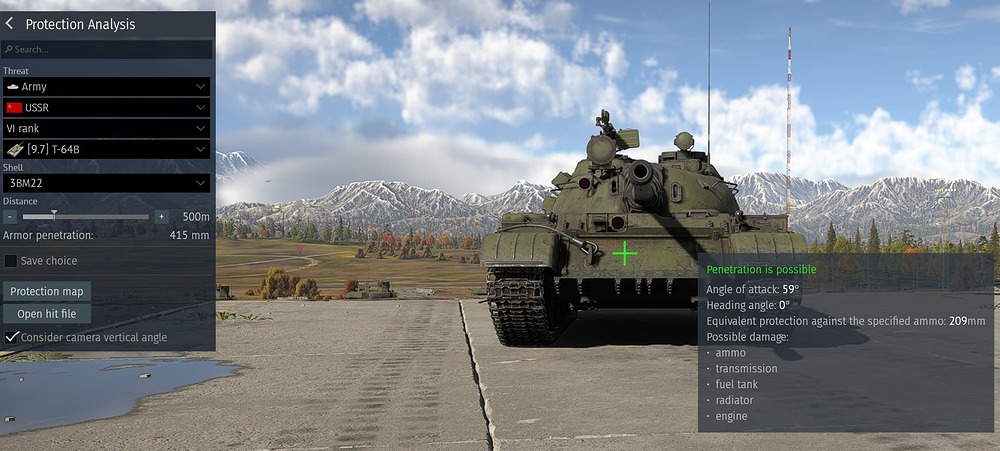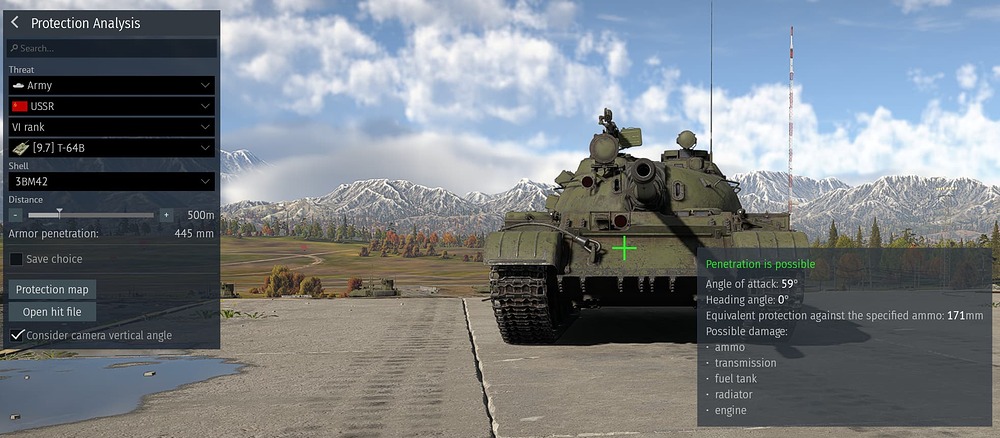its not. Pls show it.
I disagree with your assessment of the angle. It’s much more acute. About 70 degrees, maybe 75.
The data there is incorrect only for other ERAs. It’s obviously created for advertising purposes, or it’s unclear where it came from. For example, at the time this table was created, Ukraine couldn’t have had the Relic for testing, meaning the data was simply made up for some reason.
The Blazer is no longer found anywhere, and they couldn’t have had it either, meaning they were using some old data.
I have no reason to doubt the ratio of protection between the Duplet and the Nizh, especially since all other sources confirm this.
19 Never used in UFP. Your knowledge of the subject is very superficial, which leads to misunderstandings.
Do you have data that the 3BM42 should penetrate 550mm?
I’m simply astounded. You have no knowledge of the matter, no sources, yet you looked it up online and are telling me what’s wrong with the game. And you’re even citing outlandish figures.
In the game, the 3BM42 penetrates 524mm at 60 degrees at 100m. Where’s the 120mm less?
These two do not work because the projectile breaks them on impact before they can work.
Moreover, do you know how many mm of steel HEAT knives penetrate? On average, 0.5-0.9 times the crater diameter.
Multiply 34мм by that. And remember, uranium/tungsten scrap will be twice as difficult to cut.
Photos of the UFP penetrated to the rear plate behind the ERA have already been shown.
Everything else is irrelevant until this fact is refuted.




